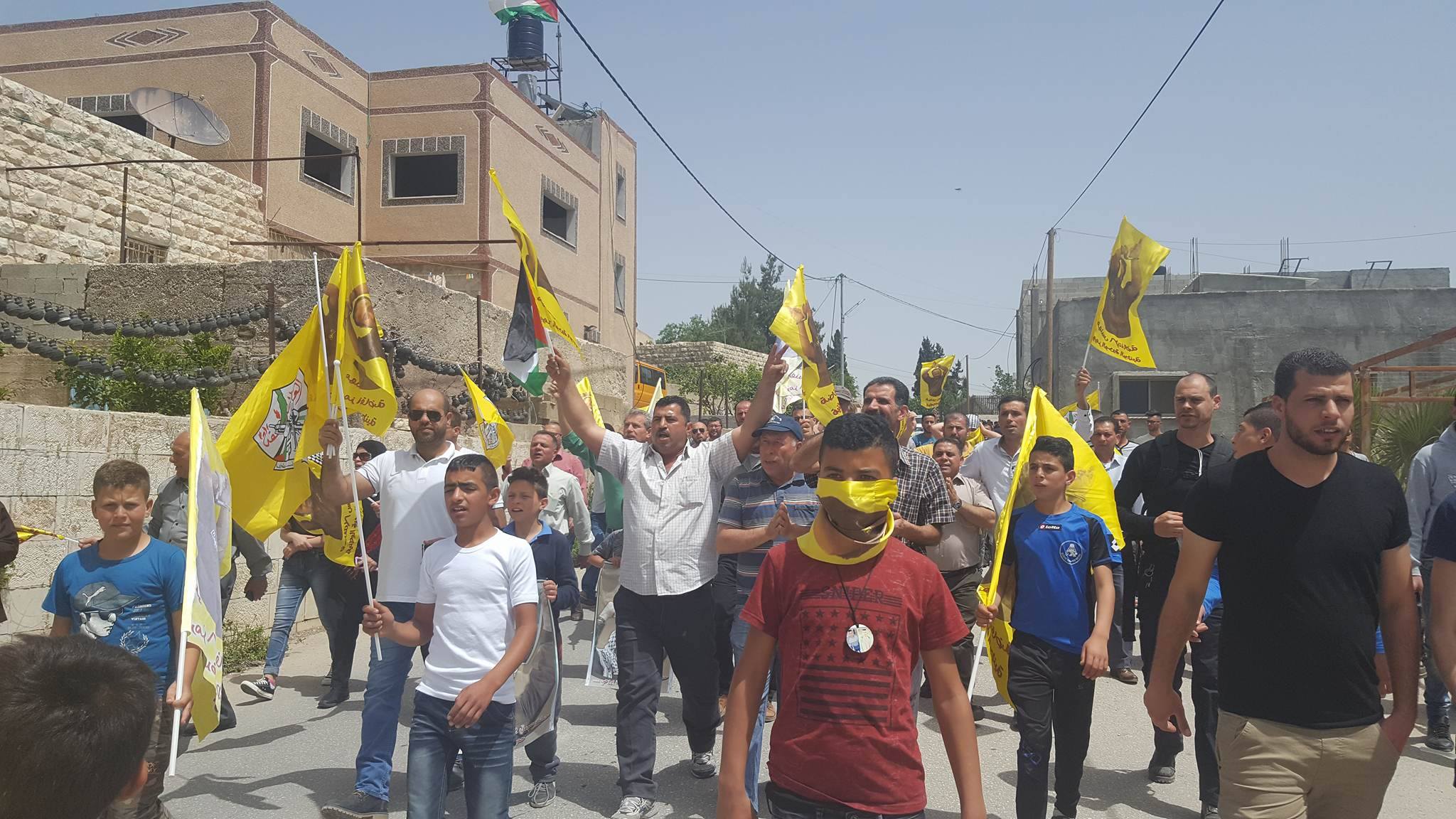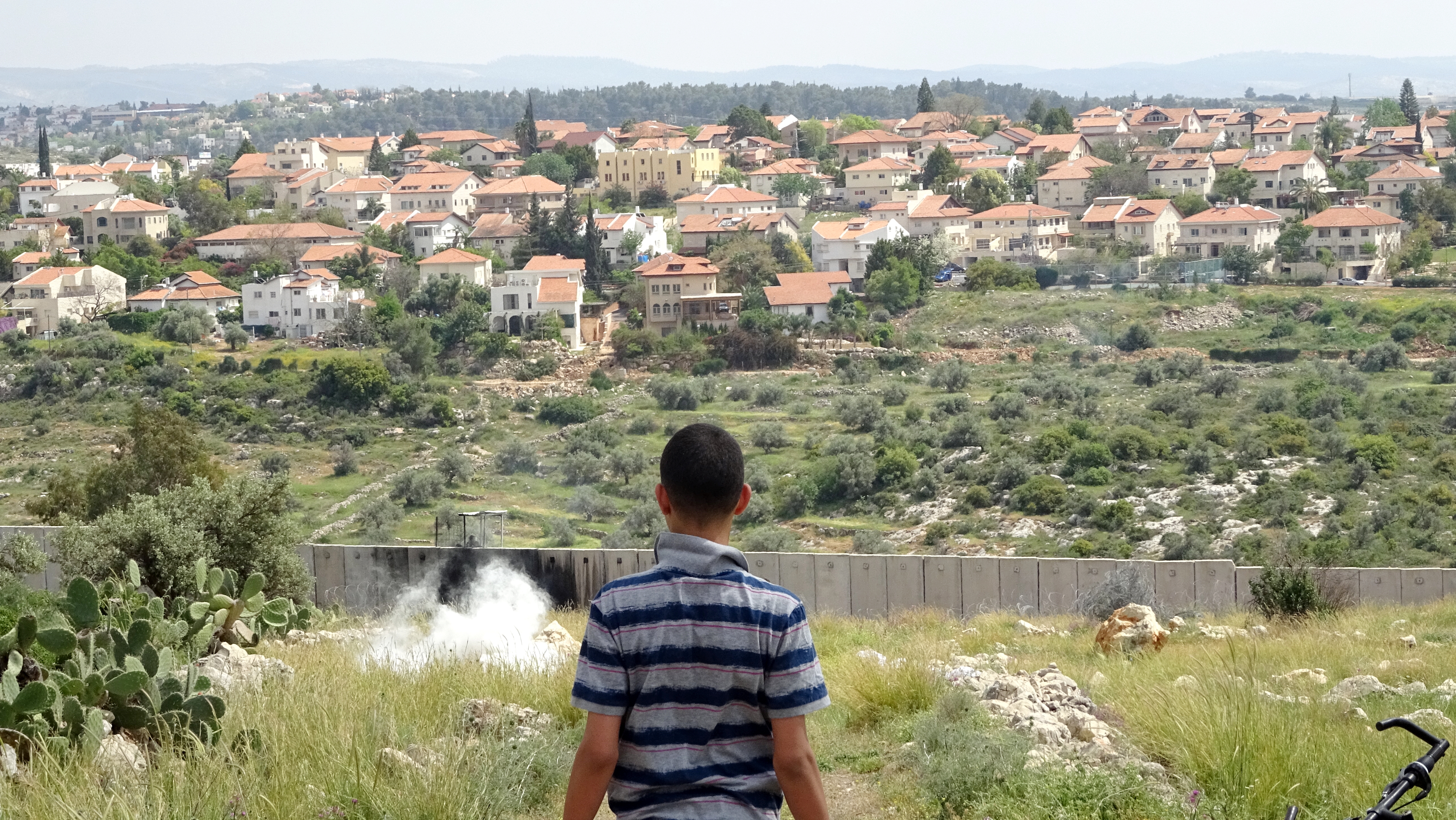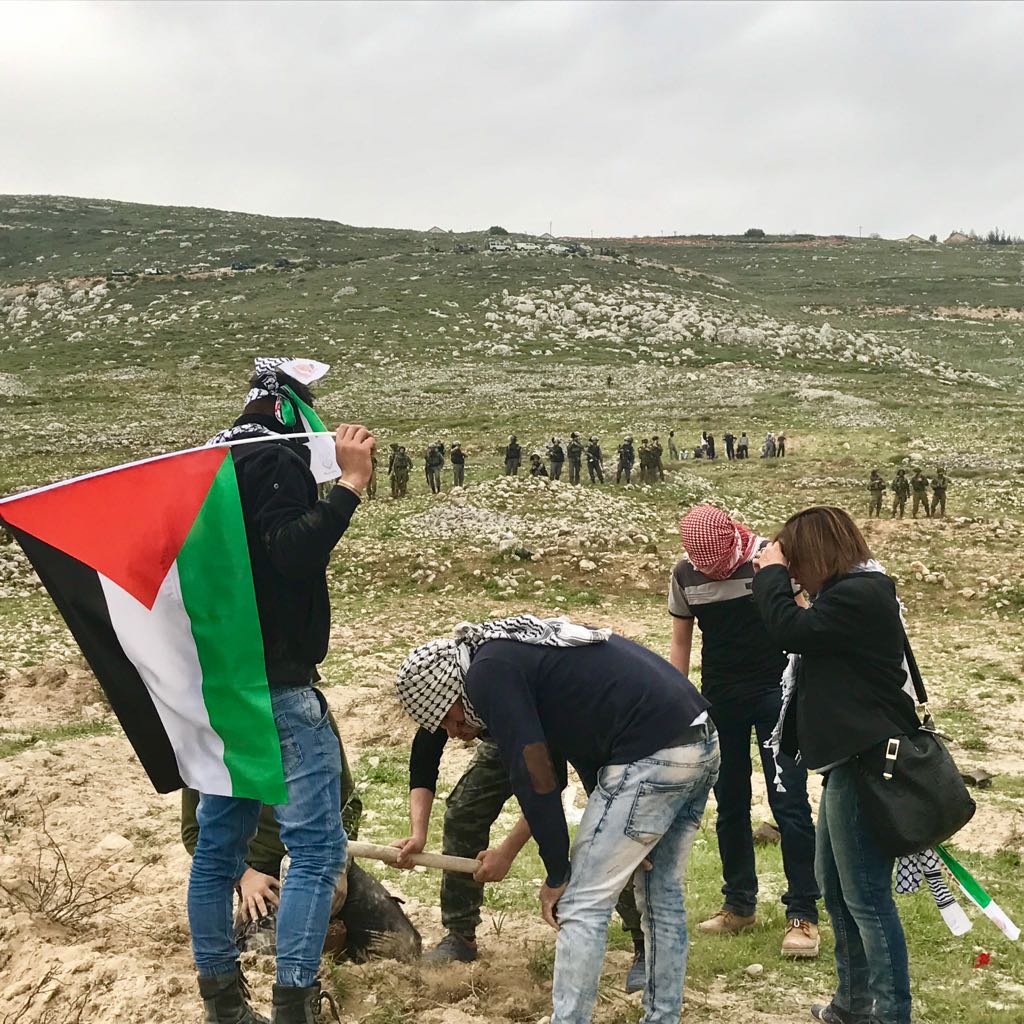Tag: Rubber-coated steel bullets
-
Nabi Salih marches in solidarity with Palestinian prisoners on hunger strike
22nd April 2017 | International Solidarity Movement, Ramallah Team | Nabi Salih, occupied Palestine On Friday 21st April, a demonstration held in solidarity with Palestinian prisoners on hunger strike was violently supressed by Israeli forces at Nabi Salih, occupied West Bank. Teargas, rubber-coated steel bullets, and live rounds were fired at demonstrators by Israeli forces…
-
Peaceful demonstration in Ni’lin met with tear gas and rubber-coated steel bullets
8th April 2017 | International Solidarity Movement, Ramallah team | Ni’lin, occupied Palestine On April 7th Israeli forces repressed a demonstration in Ni’lin, during which soldiers fired tear gas and a rubber-coated steel bullet into the crowd of Palestinian protesters as well as Israeli and international activists. The demonstration began Friday afternoon after the prayer, where…
-
Madama village marks Land Day 2017 under heavy military violence
31st March 2017 | International Solidarity Movement, Ramallah team | Madama, occupied Palestine Thursday the 30th of March was Land Day, a day in which Palestinians and their supporters commemorate the loss of huge amounts of land, stolen by the Zionist colonisers in 1976. In Madama village, in the Nablus area, around 300 Palestinian activists…



